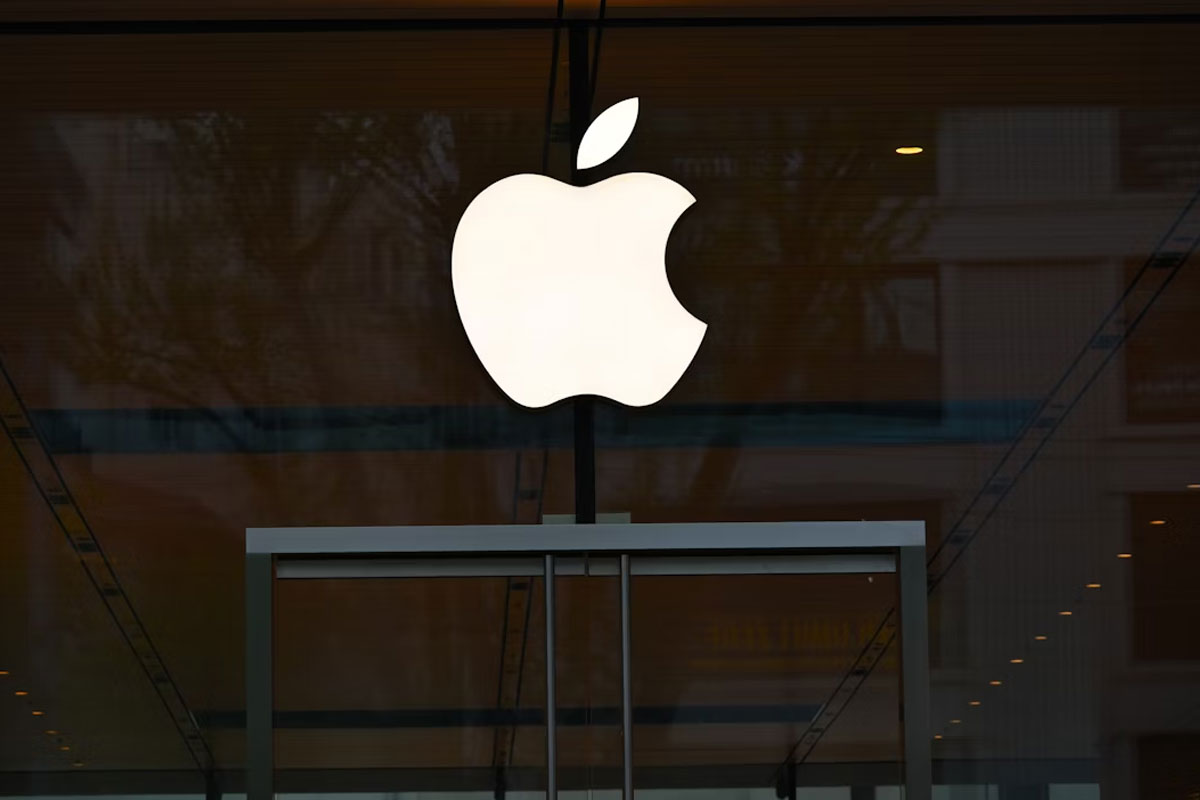Apple’s relentless pursuit of a seamless, all-screen iPhone is about to reach a major turning point. According to credible industry leaks and design roadmaps, the iPhone 18—expected to launch in 2026—will likely be the last Apple smartphone featuring a visible front-facing selfie camera. The next-generation iPhones arriving in 2027 are expected to finally hide both Face ID sensors and the selfie camera completely beneath the display, achieving Apple’s long-envisioned “single slab of glass” design philosophy.
This transition represents not only a design milestone but also a defining moment in the evolution of smartphone aesthetics and camera engineering. Let’s explore what this means for users, the technology behind it, and how it could reshape the entire smartphone industry.
A Visible Selfie Camera’s Last Stand
If you’re the kind of user who prefers to see the selfie camera lens on your iPhone’s display, the iPhone 18 may be your last chance. Reports suggest that while the iPhone 18 series will retain a small punch-hole front camera, it will also introduce Apple’s first under-display Face ID system. This means most of the facial recognition sensors will be hidden beneath the screen, but the camera lens itself will remain visible—one last time.
Then, in the following year’s lineup (likely the iPhone 19 or iPhone 20, depending on Apple’s cycle), the company plans to take the final leap: a completely hidden front camera. This means no punch-hole, no notch, and no visible hardware on the display surface—a full-screen experience from edge to edge.
So, for those nostalgic about the classic visible camera aesthetic—or those who trust it more for photo quality and repairability—the iPhone 18 marks the end of an era.
Apple’s “Single Slab of Glass” Dream
Apple’s industrial design team has long spoken about a design vision often summarized as “a single slab of glass.” This ideal envisions an iPhone where the entire front face is a continuous, unbroken display—no interruptions, no black dots, no notches, just pure screen.
We’ve already seen Apple gradually moving toward this ideal:
- iPhone X (2017): Introduced the notch with Face ID.
- iPhone 14 Pro (2022): Replaced the notch with the Dynamic Island.
- iPhone 16 (2024): Shrunk the cut-out further with improved sensor integration.
- iPhone 18 (2026): Under-display Face ID and a small visible camera hole.
- iPhone 19/20 (2027): Fully hidden camera and Face ID—true full-screen design.
The iPhone 18, therefore, is not just another iteration—it’s the transitional milestone between two design eras: from visible hardware to invisible intelligence.
Why Apple Waited to Go Under-Display
Android manufacturers have already experimented with under-display selfie cameras, but with mixed results. While brands like Samsung, ZTE, and Xiaomi introduced early prototypes, they all faced the same challenge: compromised image quality.
Here’s why Apple didn’t rush:
- Light Transmission Issues: Placing a camera beneath display pixels reduces light intake, resulting in grainy or soft images.
- Color Distortion: Layers of display material can scatter or distort color accuracy.
- Sharpness and Moiré Patterns: The texture of display sub-pixels can interfere with the camera’s optical clarity.
- Software Compensation Limitations: Even advanced computational photography couldn’t fully correct these defects in early designs.
For Apple—a company that markets “the best smartphone camera system in the world”—these trade-offs were unacceptable. The brand’s reputation for image quality and precision meant it would not deploy under-display cameras until the technology was mature enough to meet its high standards.
Now, it appears Apple believes that 2027 will be the year the technology finally reaches that threshold.
What’s Changing in the iPhone 18 Series
Here’s what users can expect from the iPhone 18 series in 2026:
1. Under-Display Face ID
Face ID components, including infrared sensors and dot projectors, will reportedly move beneath the display. This allows for a smoother screen surface with no need for the Dynamic Island—at least for Pro models.
2. Visible Front Camera (Punch-Hole Design)
The selfie camera remains visible—likely in a smaller, more refined punch-hole design. Apple will keep it visible for image consistency, ensuring top-tier selfie and video-call quality.
3. Improved Display Transparency Layer
To prepare for fully hidden cameras, Apple will introduce new OLED or micro-LED panels with higher light transmittance in specific regions—an essential step toward the 2027 vision.
4. Transitional Aesthetic
The iPhone 18 may become the “bridge generation”—blending visible practicality with invisible innovation. It’ll give users both comfort and a glimpse of the future.
If you’re a fan of visible hardware for reasons like reliability, serviceability, or simply personal preference, the iPhone 18 will be the final iPhone that looks and feels familiar.
What the Move Means for Users
The transition to an under-display camera isn’t just a cosmetic upgrade—it changes how users experience the iPhone.
✅ For Photography Enthusiasts
The visible camera ensures the iPhone 18 still captures the highest-quality selfies, while Apple continues to perfect under-display optics for the future.
✅ For Design Purists
The upcoming under-display design represents the ultimate minimalism. By 2027, users can expect a completely immersive, uninterrupted display—ideal for media, games, and AR/VR interfaces.
✅ For Everyday Users
The visual difference may feel subtle at first but offers practical benefits like a more immersive viewing experience, smoother video playback, and even more effective Face ID recognition without distractions.
✅ For Long-Term iPhone Owners
If you upgrade every few years, the iPhone 18 could be your last chance to own a visible-camera iPhone—a model that bridges old-school familiarity and futuristic design.
How Apple Perfected the Under-Display Transition
Apple’s transition timeline is strategic—not rushed. The company has invested heavily in several technologies to make this shift seamless:
- Advanced Display Materials
Apple is likely using custom-developed OLED panels with microscopic openings in the pixel matrix. These allow enough light to reach the camera without reducing overall display brightness or color accuracy. - AI-Powered Image Reconstruction
Apple’s machine-learning algorithms will analyze distortions caused by the display layers and correct them in real time. This ensures that selfies under the screen look just as sharp and vibrant as they would from a traditional camera. - Hardware-Software Integration
Apple’s A-series chips—expected to be the A20 or A20 Pro—will include a dedicated image processing pipeline designed specifically for under-display sensors. - Precision Manufacturing
Apple’s partnerships with display giants like Samsung Display and LG are key. They’re developing customized OLED panels with laser-engineered transparency zones for camera optics. - User Experience Optimization
Even when fully hidden, the camera zone will maintain consistent brightness and color when inactive, ensuring a completely uniform display appearance.
Why This Matters Beyond Apple
Apple’s design choices have historically reshaped the entire smartphone industry. Just as the removal of the headphone jack or the introduction of Face ID became global trends, the move to fully hidden cameras will likely set off another wave of innovation across competitors.
Here’s what could follow:
- Samsung, Google, and Xiaomi may refine their under-display tech to compete with Apple’s precision standards.
- Accessory manufacturers will adapt designs around a seamless screen front.
- Content creators and AR developers may benefit from uninterrupted display real estate for new interactive experiences.
- Repair and sustainability industries will face fresh challenges—under-display components are harder to service or replace.
Ultimately, Apple’s shift may redefine what we consider a “smartphone front” entirely—turning it into a clean, uninterrupted sheet of intelligent glass.
The Consumer Choice: Visible vs. Invisible
By late 2026, iPhone buyers may face an interesting decision:
- Buy the iPhone 18 if you value a visible, reliable front-facing camera and trust the proven optical clarity.
- Wait for the iPhone 19/20 (2027) if you crave the futuristic, minimalist look of a camera-free screen and don’t mind being an early adopter of Apple’s next-gen technology.
In essence, the iPhone 18 marks the last visible frontier before Apple enters the under-display era. Whether you see it as nostalgia or a design milestone depends on what kind of user you are.
What Comes Next: The 2027 iPhone and Beyond
Apple’s 2027 models are expected to integrate:
- A completely invisible selfie camera, with computational photography compensating for display interference.
- Under-display Face ID, achieving true all-screen functionality.
- Stronger AR/VR integration, leveraging Vision Pro synergies.
- Next-gen OLED or micro-LED panels with adaptive transparency.
At that stage, Apple’s original dream—an iPhone that looks like a single, living piece of glass—will finally be realized.
The Bigger Picture: Apple’s Evolutionary Philosophy
Apple’s hardware evolution has always been about removing visible complexity:
- First, physical buttons (home button → gone).
- Then, charging ports (rumored to vanish next decade).
- Now, even visible cameras.
Each step brings Apple closer to creating devices that feel more like intelligent objects than mechanical tools—smooth, seamless, and intuitive.
The iPhone 18 symbolizes this philosophy perfectly. It’s both a farewell to the visible camera era and a preview of the ultra-minimalist devices that define the company’s next decade.
Conclusion: The End of an Iconic Era
The iPhone 18 will stand as a symbolic turning point in Apple’s design journey—a tribute to the visible selfie camera that has defined smartphone interaction for over a decade, and a preview of the fully immersive, camera-free display future.
For users, it’s a choice between reliability and nostalgia versus innovation and invisibility.
For Apple, it’s one step closer to its ultimate design goal: a flawless, all-glass iPhone with nothing but intelligence beneath the surface.
Whether you’re a tech enthusiast, a photographer, or a long-time Apple fan, the iPhone 18 will likely be remembered as the last iPhone where the selfie camera still had a face.

